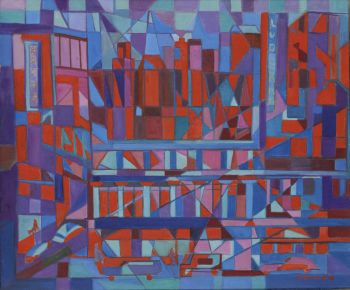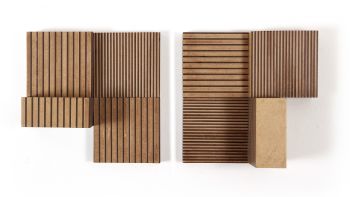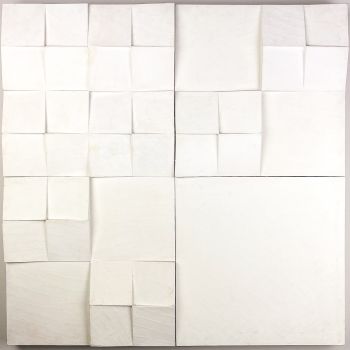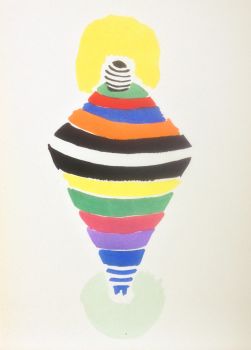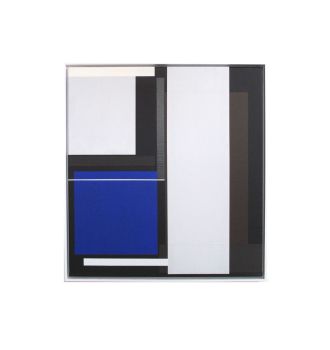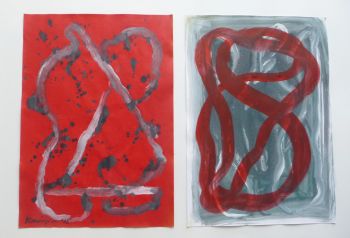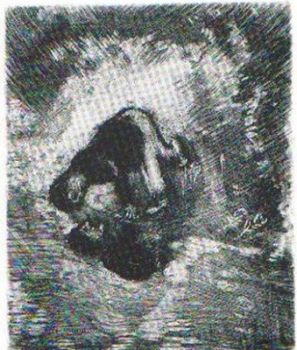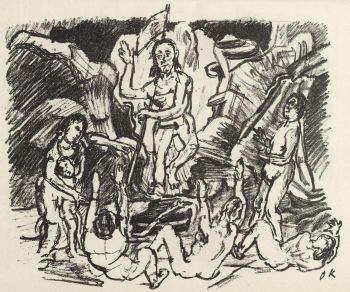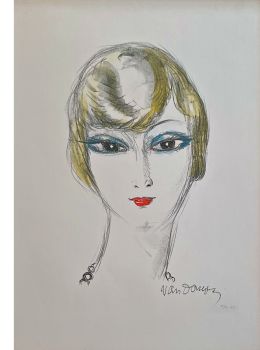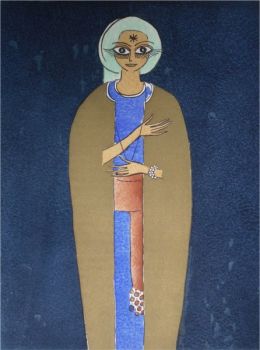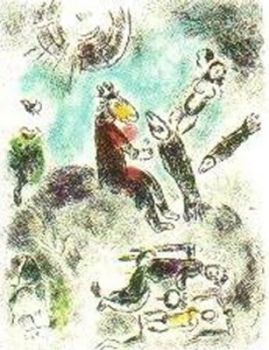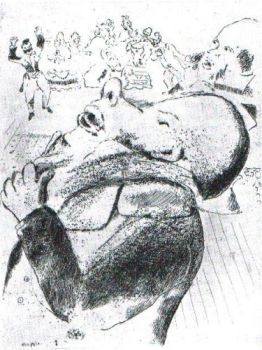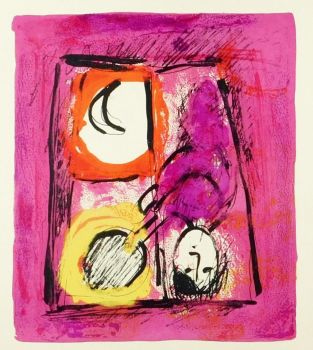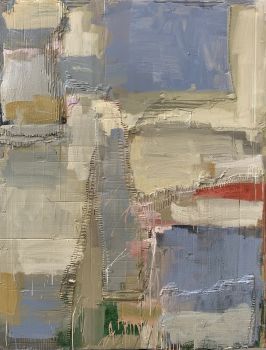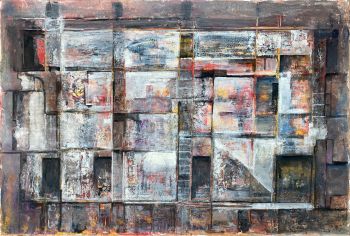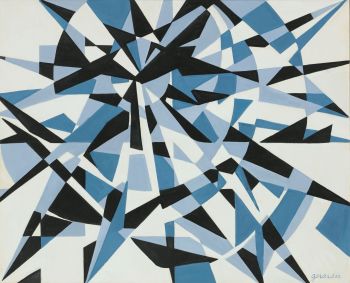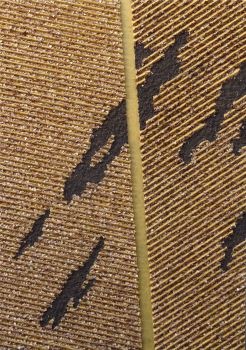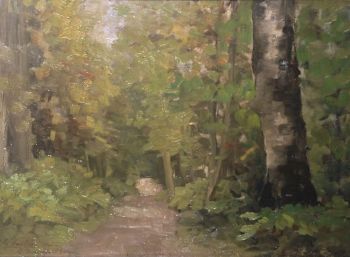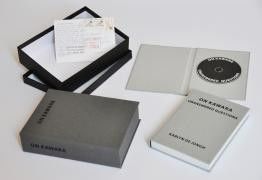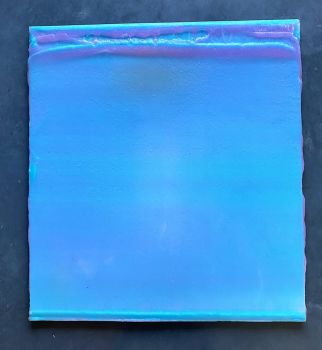Sculpture Sem titulo 1964
Hercules Barsotti
Cardboard
19 ⨯ 19 ⨯ 4 cm
Price on request
Gallerease Selected
- About the artworkMedium: Mixed Media
Material: Cardboard
Dimensions: 19 x 19 x 4 cm on 23 x 23 cm x 4.5 wooden frame
Year: published 1964
Signature: handsigned with ballpoint pen
Provenance: Edition Panderma, Carl Laszlo, Basel
Galerie von Bartha, Basel
Private Collection, Basel
Condition / Restauration: mint archival condition
Hércules Rubens Barsotti (born July 20, 1914 – December 21, 2010) was a Brazilian painter, graphic designer, scenographer and costume designer. He was a member of the Neo-Concrete Movement. In 1963 together with Willys De Castro, Lothar Charoux, Waldemar Cordeiro, Lygia Clark, Luiz Sacilotto among others, Barsotti became one of the founders of the São Paulo based art gallery Associação de Artes Visuais Novas Tendências which operated until 1965. Associação de Artes Visuais Novas Tendências was founded and managed by artists working within the Concrete and Neo-Concrete movements but did not solely feature Concrete and Neo-Concrete art. The galleries goal was to provide a space and platform for contemporary art to be presented outside the confines of any particular artistic movement. - About the artist
Hercules Barsotti (1914–2010) was a prominent Brazilian artist, known for his contributions to the concrete and neo-concrete art movements in Brazil. Born on July 20, 1914 in São Paulo, he began his artistic career in graphic design before turning his attention entirely to the visual arts. Barsotti's work is characterized by geometric abstraction, a minimalist aesthetic, and a deep interest in visual balance and optical effects.
Barsotti studied at the Liceu de Artes e Ofícios in São Paulo, where he specialized in drawing and painting. His early career was strongly influenced by his work as a graphic designer and by his collaborations with visual communications companies. This experience would play a significant role in his later artistic practice, in which he applied strict forms and a mathematical approach to composition.
In the 1950s, Barsotti began to associate himself with the concrete art movement, which emphasized geometry, objectivity, and the autonomy of the artwork. For a time, he was associated with Grupo Ruptura in São Paulo, one of the leading groups in concrete art in Brazil. Although Barsotti was never formally a member, he shared many of their ideals, such as the use of geometric forms and the rejection of emotional expression in art.
Around 1960, Barsotti joined the neoconcrete movement, which emerged in Rio de Janeiro as a reaction to the rigidity of concrete art. This movement brought more poetry and subjectivity to geometric art and explored the relationship between artwork and viewer. Barsotti began to experiment with unconventional materials and techniques, including reliefs and three-dimensional works.
His works from this period often feature simple but intriguing compositions of black and white or primary colors. Through subtle shifts in lines and planes, he created dynamic optical effects that invite interaction and contemplation.
Barsotti exhibited regularly in Brazil and abroad, including at prestigious events such as the São Paulo Biennial. His work was widely praised for its intellectual rigor and visual elegance, and he played a crucial role in establishing Brazil as a major center for geometric abstract art.
Are you interested in buying this artwork?
Artwork details
Related artworks
- 1 - 4 / 24
- 1 - 4 / 24
Jan Toorop
NETTENBOETSTERS IN DE SCHADUW VAN EEN BOMSCHUIT1891
Price on requestStudio 2000 Art Gallery
Albert Clouard
Élégante à la cape (Elegant lady with a cloak)1866 - 1900
Price on requestKunsthandel Pygmalion
1 - 4 / 24- 1 - 4 / 12







